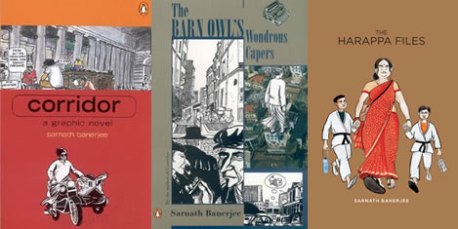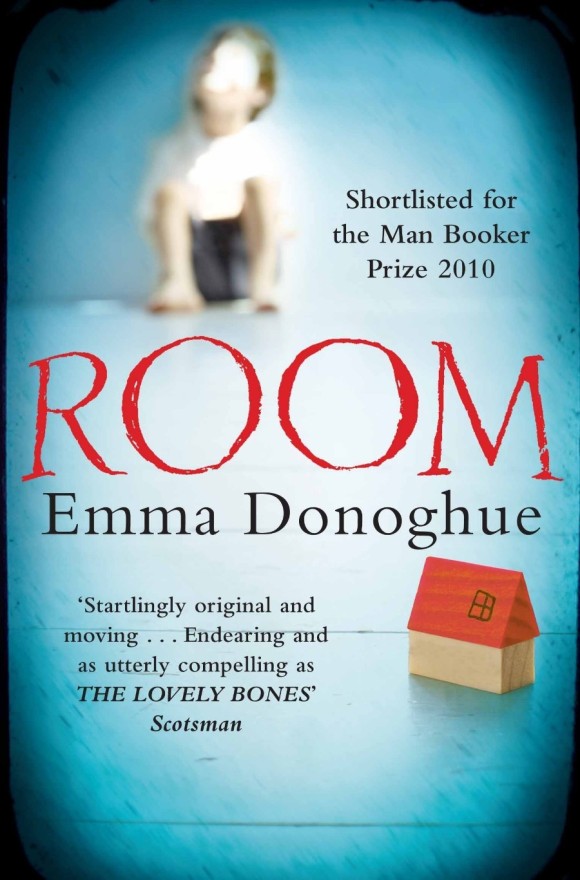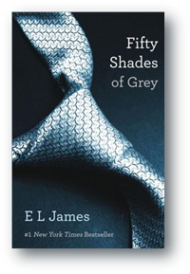Mythology has pervaded deep into our lives especially in this decade, of that there cannot be any doubt. They have moved beyond being just our grandmothers’ tales and questions in quiz shows and the basis on which some of us are named.
Indian literature in English is increasingly grabbing eyeballs and the one genre that is helping it rise above the rest is historical fiction. Debut authors are increasingly dependent upon Indian mythology to carve a niche for themselves. Today we take a look at some of these books, the myth behind them and what makes these books so appealing.
Once upon a time, the way to familiarize students with Indian mythology was Amar Chitra Katha’s comics. Everything from Ramayana to Mahabharata and the pantheon of 33 million Gods was dealt with. Comics evolved to graphic novels and everything from princes fighting epic battles to nature taking on human forms was laid out to capture our imaginations. Sarnath Banerjee is one such graphic novelist whose work has been taken note of by the Indian audiences.
But that’s not where it stops. Authors are not only taking up mythology and visualizing it the way they want to, but also moulding and interpreting it to tell beautiful stories and look at mythology from different perspectives.
Chitra Banerjee Divakaruni’s ‘Palace of Illusions’, which released in 2008, is a re-telling of Mahabharata from Draupadi’s point of view. With gender studies as an upcoming area of interest, this is a highly relevant piece of work which traces Mahabharata right from the time of Draupadi’s birth till the death of Draupadi and explores interesting issues like the genesis of the war and also Draupadi’s unrequited love for Karana. Crisp writing defines this book and it proves to be a rewarding read.
Taking inspiration from mythology is Ashwin Sanghi. His book ‘Chanakya’s Chant’ is the story of Pandit Gangasagar Mishra and Chandni, parallels of Chanakya and Chandragupta Maurya in the modern times. This premise is interesting because it is disputable whether anyone called ‘Chanakya’ as such ever existed. Ashwin Sanghi has also written books like the Rozabal Line which talks about Jesus surviving the crucifixion and living in India and The Krishna Key which talks about a mass murderer who believes that he is the re-incarnation of Lord Krishna.
Ashok Banker has recently gained renown as his Ramayana and Mahabharata Series which includes his notable work- “The Forest of Stories”- climed to the top to become the number one ebook. His freely imaginative retelling in fact is held largely responsible for this current resurgent interest of Indian audiences in mythology.
Calling himself a mythologist by profession is Dr. Devdutt Pattanaik, whose books Jaya- which is his retelling of the Mahabharata and Mithya=Myth- a handbook on Indian mythology have gained considerable popularity. Dr. Pattanayak concentrates on making mythology accessible to the masses, which is perhaps the reason for his popularity.
Historical fiction and mythology is a broad genre with scope for some brilliant writing. The authors that we deal with here are only some of the more popular examples which we recommend you start reading with, if you haven’t already. If you know of any other author writing in this genre, who has caught your fancy, please feel free to add to this list.










